EU’s Sweeping Copyright REFORM
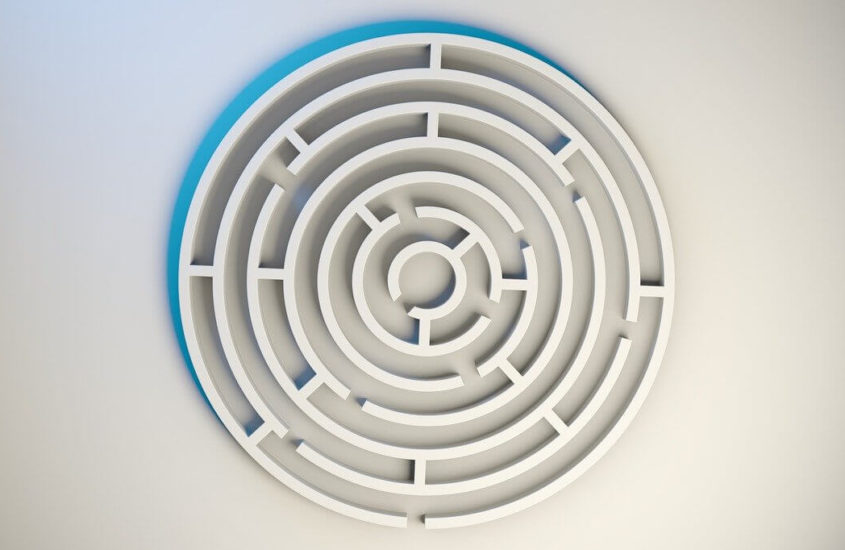
Europe’s first major copyright reform in about 20 years takes effect in its member states. It aims to prepare for the digital age. Let’s take a closer look…
1. EU’s COPYRIGHT FRAMEWORK
Within the European Union (EU) member countries, there is not one universal EU copyright law. Instead, copyright law in the EU is comprised of several Directives that aim to harmonize the rules concerning copyright and related rights (and intellectual property more broadly).
Similar to the US, those economic rights allow the rightsholders to have exclusive control over the use of their works and other protected material and to be remunerated for that use. The EU copyright rules also include an exhaustive list of exceptions to rights across various Directives. Many of the directives reflect international obligations under international treaties such as the Berne Convention and the TRIPS Agreement.
* A Directive is a European legislative act that states the rules which individual EU member states must enact into their national laws. Once transposed at national level, EU citizens and businesses are bound to them. Member states are not allowed to alter the scope.
**In contrast, Regulations have direct effect upon their adoption. EU legislation is legally binding on member states and prevail when it conflicts with national law.
***The Court of Justice of the European Union (CJEU) acts as the final arbiter of any questions concerning the interpretation of EU law, and whether a member state’s national laws achieve the intention of the EU legislation.
2. EU’s COPYRIGHT REFORM & THE DIRECTIVE ON THE DIGITAL SINGLE MARKET
June 7, 2021 marks the deadline for EU member countries to implement the Directive (EU) 2019/790 of the European Parliament and of the Council of 17 April 2019 on copyright and related rights in the Digital Single Market (DSM Directive). At the same time, the new Directive on television and radio programmes will make it easier for European broadcasters to provide access to certain programs on their online services across borders.
- Why a new law?
The aim of the reform is to modernize existing copyright rules and adapt to the digital reality most of us live in nowadays. It’s supposed to stimulate dissemination of content while safeguarding copyrighted content against theft and further to fairly compensate creators. The European Commission’s press release states that “the new Directive will boost high quality journalism in the EU and offer better protection for European authors and performers.”
*The Single Market refers to the EU as one territory without any internal borders or other regulatory obstacles to the free movement of goods and services.
- Reform
The new EU law was highly debated with major tech companies as well as media conglomerates and almost 200.000 internet users demonstrating against it across Europe.
Why?
Mainly because of Article 17. The short answer is that it establishes potential liability for platforms, such as YouTube and Facebook, that host user-generated content (UGC) when users upload stolen content. That means that the new legislation removes or at least reduces safe harbor protections.
Rather than relying on rightsholders to monitor online content-sharing service providers (OCSSP) for infringing content and submit takedown notices (“you will not be liable, unless…” -approach), Article 17 puts a more burdensome set of affirmative obligations on such providers with a much more burdensome set of affirmative obligations regarding copyrighted content (“unless you follow the requirements laid out, you will be held liable” – approach).
Under the Directive, OCSSPs will be liable for copyright infringement by their users, unless the platforms have permission from rightsholders or can establish that they have:
– Obligation to license. Made “best efforts” to obtain permission;
– Notice and take down. Made “best efforts,” consistent with “high industry standards of professional diligence,” to ensure that any content flagged by rightsholders are made unavailable on the platform;
– Notice and stay down-upload filters. Acted expeditiously to disable or remove copyrighted work from the platform upon notice by the rightsholder, and made “best efforts” to prevent future uploads.
“Best efforts” are typically quite a high standard to meet and will depend on the size of the platform, the user base, types of works made available and costs involved. Members must require platforms to provide for an “effective and expeditious complaint and redress mechanism” for users.
Poland has filed a legal challenge before the CJEU seeking to annul Article 17 in its entirety or at least the article’s sections that require platforms to make their “best efforts” to remove and prevent the future upload of allegedly infringing copyrighted material (Poland v Parliament and Council.) A decision is expected mid July, 2021.
On top of all the controversy, the European Commission (EC) has finally released some guidance on Article 17 of the new Copyright Directive. It aims to support a coherent application across the Member States of the provision. Interestingly enough though, those guidelines were published only a few days before the implementation deadline, actually 3 days before on June 4.
- What changes for OSCCPs?
With the more stringent rules on internet services, companies (particularly the prevention of future uploads) will be more cautious in what content will be allowed for users to post in order to mitigate their risks. On YouTube alone, 300 hours of video material are uploaded daily which makes it impossible for such companies to check content manually.
Consequently, tech companies highlighted that this would require them to use upload filters which automatically scan content, identify stolen material and prevent uploads. That triggered the concern that the use of such a software could suppress not only illegal but also legal content, that it could be used for censorship, and ultimately quell freedom of speech.
As an alternative, OCSSPs could introduce a licensing system, where the platforms pay for user rights in advance. For instance, YouTube could buy a “Walt Disney Studios” license, and from then on users would be allowed to cut excerpts from Star Wars into videos. In fact, this past year many big digital companies, like Snap and TikTok, have closed deals with music companies to secure rights to their music.
3. IMPLEMENTATION IN MEMBER STATES
The (new/late) EC guidelines are not binding for the courts, in particular the CJEU. Nonetheless, industry practitioners will likely use them for orientation until courts have determined the requirements in detail and with legal certainty. The CJEU has the authority to rule on the validity and interpretation of acts of the institutions, bodies, offices, or agencies of the European Union. National authorities and courts must consider those guidelines when deciding disputes due to the indirect effect of non-binding law.
The Commission Guidance confirms that member states can’t set quantitative thresholds in connection with “large amount” in the definition of OCSSP. This is critical because it prohibits members to introduce de minims statutory exemptions to the application of Article 17 (which would allow uploading minor uses of copyrighted material without permission).
On May 20th 2021, the German Parliament passed a bill containing the implementation of the Directive into German law, the traditional copyright code “Gesetz über die urheberrechtliche Verantwortlichkeit von Diensteanbietern für das Teilen von Online-Inhalten” (UrhDaG). Germany is one of the countries that has included a de minimis provision, as has Italy.
Further, the Commission Guidance clarifies that automated ex ante blocking of content (meaning before the upload) should be limited to only “manifestly infringing uploads.” In other words, if the upload filter recognizes only exact or merely technically altered matches of entire works or significant portions thereof, the upload can be blocked ex ante. Any other “not manifestly infringing” material should be generally allowed. The rightsholder can then send a takedown notice and the upload will be subject to an ex post human review.
4. IMPACT BEYOND EU’s BORDERS – WILL THE DMCA ADOPT A SIMILAR APPROACH?
Prior to EU’s reform, in the US and in the EU, OCSSPs would enjoy the so-called “safe harbor” protection which shields those companies from liability when users post infringing content. The underlying legal rules in the US are provided by the Digital Millennium Copyright Act (DMCA). While the DMCA requires platforms merely to respond to takedown notices made by the owners, the reformed copyright laws in the EU has platforms proactively ensure they have the proper licenses.
The new EU laws won’t directly apply to content posted in the U.S. However, it would make sense if companies operating internationally were to change compliance regulations across their global presence.
In May 2020, the US Copyright Office published a report reviewing the copyright safe harbor calling for efforts taken by the US Congress to “fine tune” existing laws and balance interests of copyright owners and internet companies according to the evolution of the digital market. What “fine tuning” specifically means for the future remains to be seen.

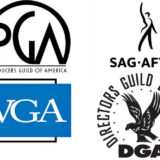

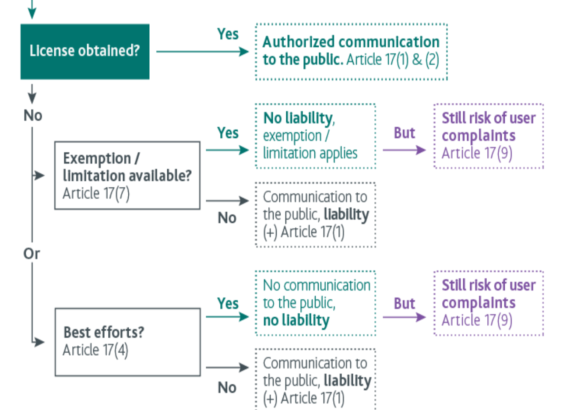
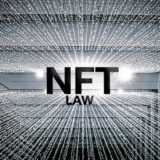

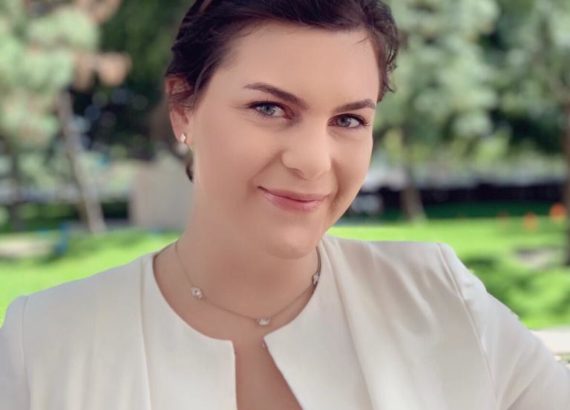

Comments are closed.